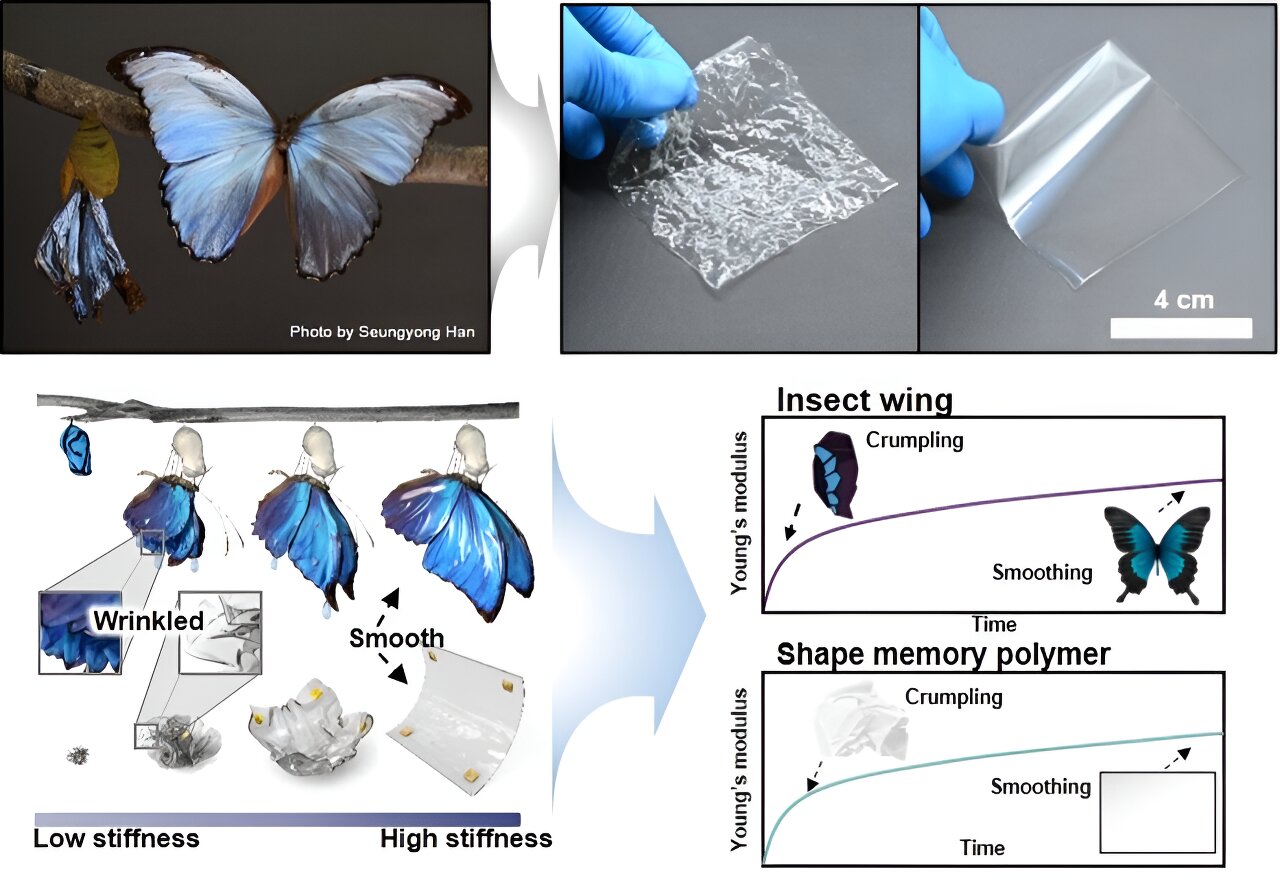
Over the past decades, electronics engineers have created devices of various shapes and with increasingly sophisticated designs. This includes electronics that can be folded onto themselves, such as foldable phones, along with various other compressible devices.
Researchers at Ajou University and other institutes in South Korea recently introduced a new design for developing crumple-recoverable electronics, or in other words, electronics that can recover their original shape after being crumpled or compressed onto themselves to reduce their size...
Read More







Recent Comments